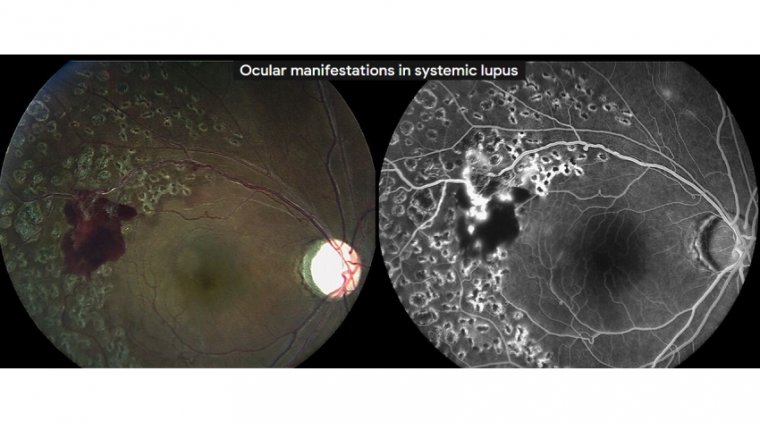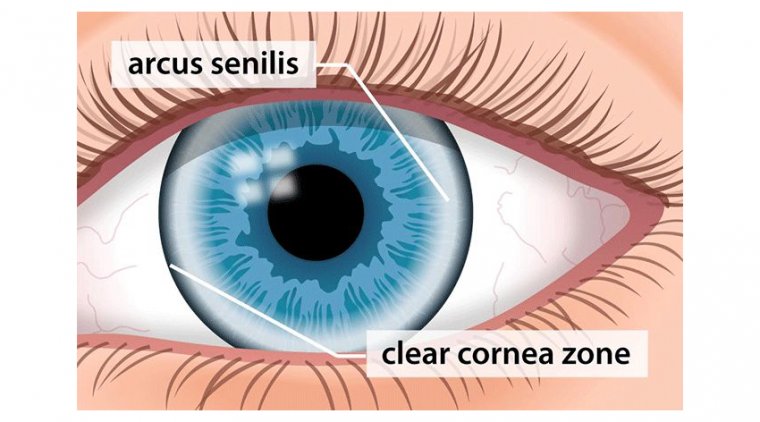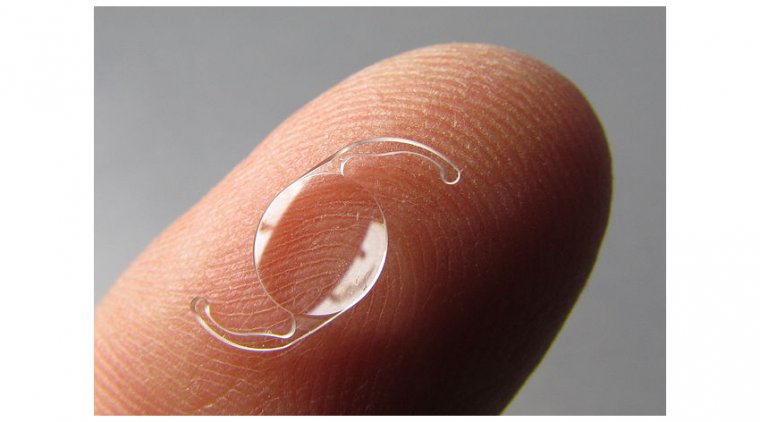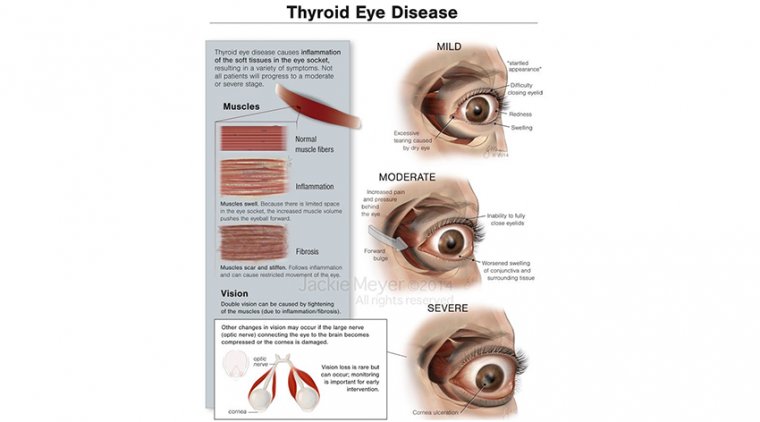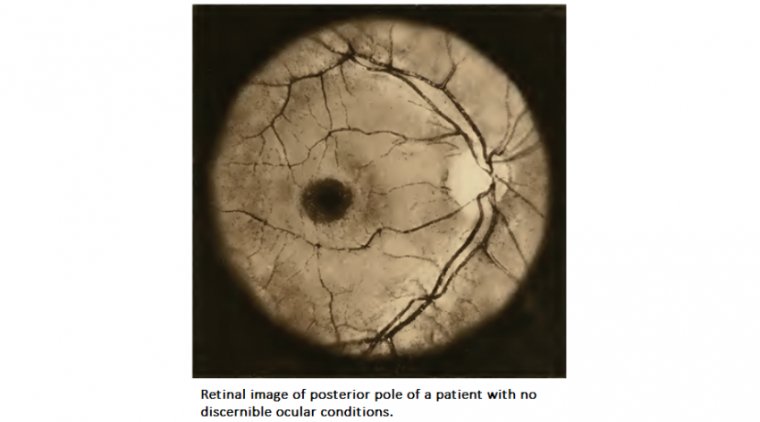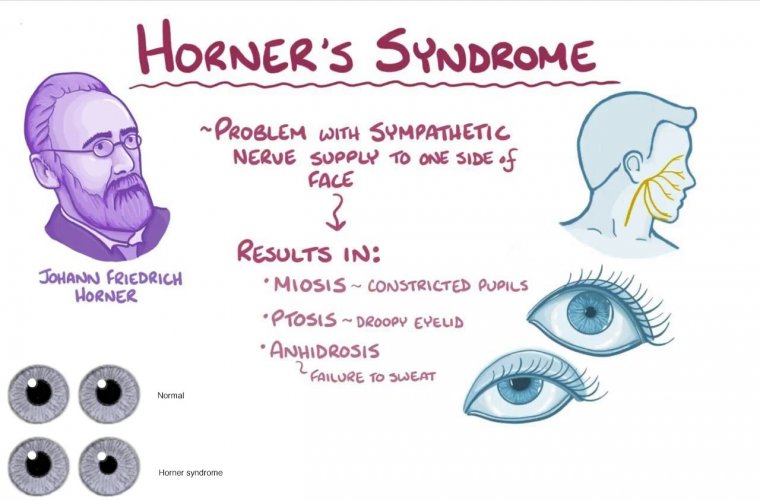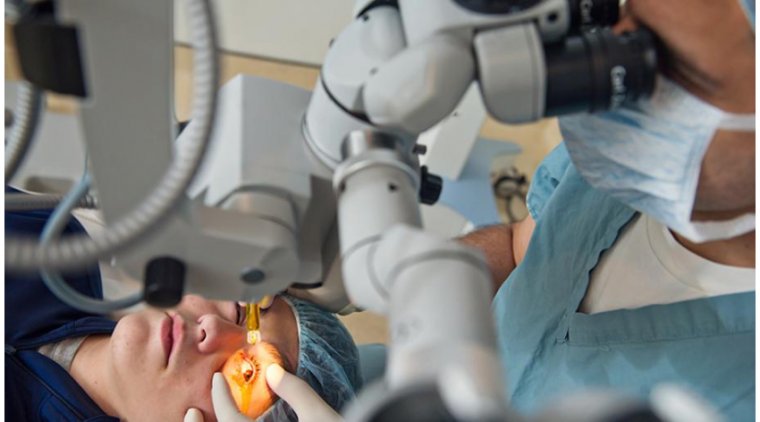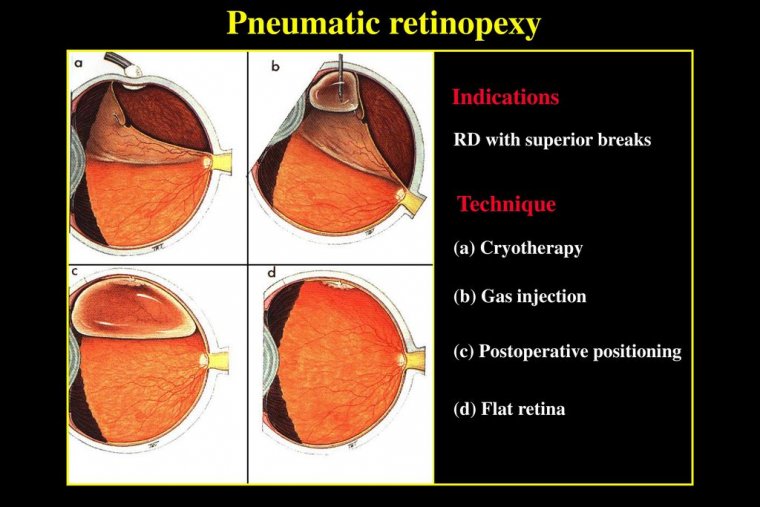
What Is Trachoma?
Trachoma is an infectious disease that is caused by the bacteria called Chlamydia trachomatis. The infection heals in a damaged way that the eyelid may turn inside or outside. Trachoma can be treated, however, as a result of a repetitive infection over years, the damaged area inside the eyelid and cornea ulcers form and lead to irreversible blindness.
What Causes Trachoma?
Eye trachoma is transmitted by an infected person through direct or indirect contact with the eye and nose. The contact can be easy with infected houseflies or traveling to trachoma-dominated countries such as African countries. The bacteria spreads through clothes, bed linens, or close contact. The other causes of trachoma are;
● lacking hygiene
● no access to clean or enough water
● crowded households
● inadequate, poor sanitation
What Are The Symptoms of Trachoma?
The most common symptoms of trachoma are,
● strong redness in the eye
● swelling in the eyelid
● itching and pain in the eyes
As it is easily speeded by clothes and bed linens, women are more likely to be transmitted to trachoma. Unfortunately, if trachoma is not treated on time, it may lead to trichiasis; which is growing eyelashes in the eye that harms the cornea and results in poverty in vision and leads to blindness.
How is Trachoma Diagnosed?
Diagnosis of trachoma appears with complaints of itching, and swelling in the eyelids and the patient should be examined by an ophthalmologist. Also, the blurry, transparent covering on the eyeball is an advance proof of the trachoma disease.
How is Trachoma Treated?
The trachoma can be treated in the early stages by using relevant antibiotics under the doctor’s control.
As trachoma is a hyperendemic disease seen in the poorest and rural areas of Africa, Asia, the Middle East, Australia, and South America, the World Health Organization adopted a strategy to control and eliminate the infection within 4 principles called SAFE. (S)surgery is a treatment for the advanced stage of trachoma. (A)antibiotics are used within international health initiatives, for oral azithromycin and tetracycline eye ointment. (F)racial cleanliness highlights hygiene and (E)environmental awareness, and improvement to access adequate water and sanitation are the key principles of the program.
Is Trachoma a Contagious Disease?
Trachoma is a contagious disease and is mostly seen among preschool children in endemic countries of Africa where access to water is limited. Trachoma is also seen among women as the bacteria is transmitted through hands, clothes, and bed linens where the household is crowded. There are many houseflies in areas where hygiene and sanitation are limited, so the infected flies can transfer the bacteria from one person to another.
(1).jpg)
